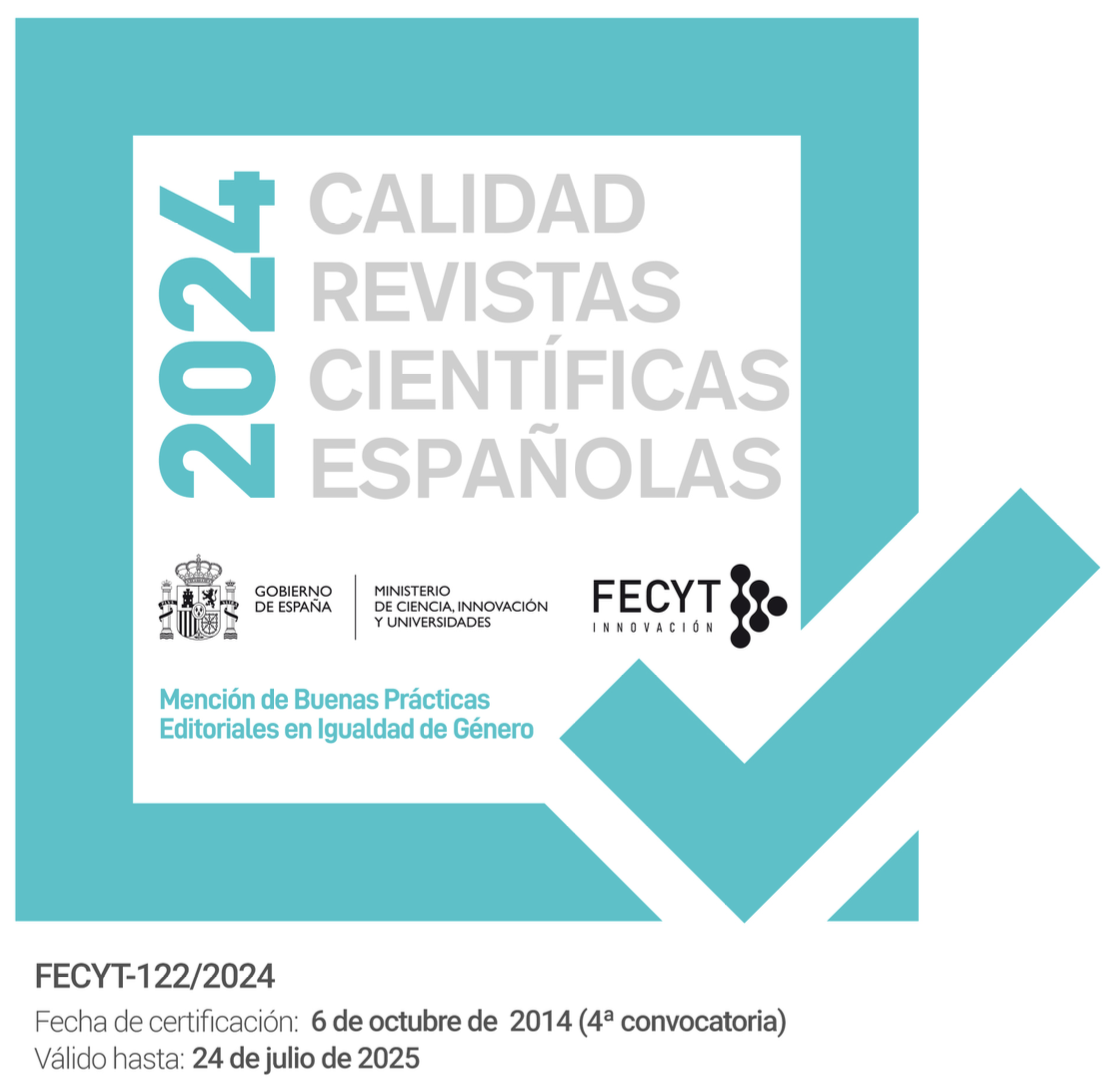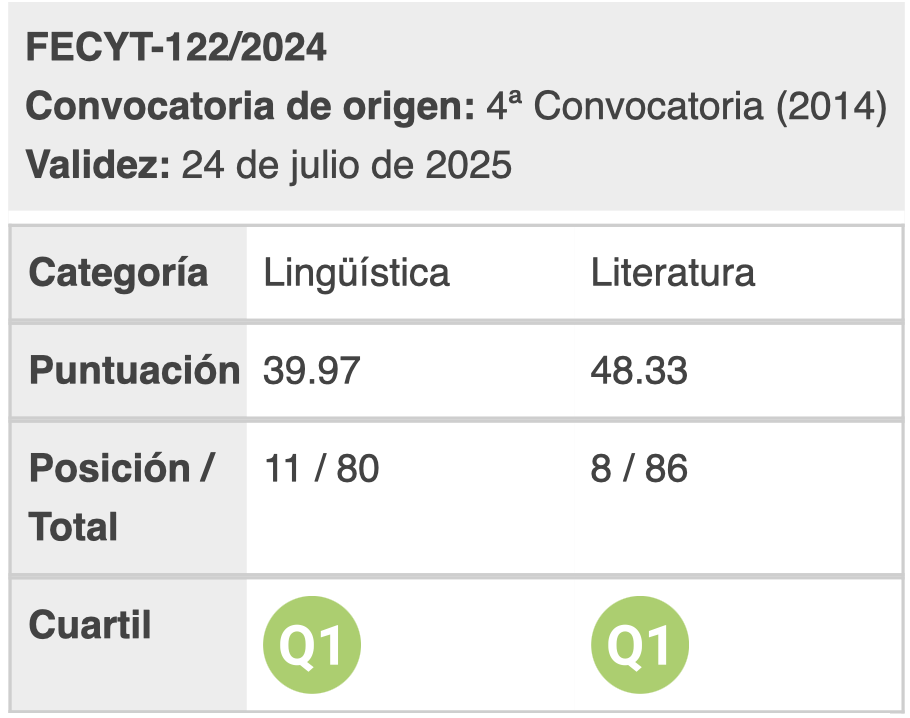Dialectical Sentences and Social Contradictions in Nathaniel Hawthorne’s The House of the Seven Gables
DOI:
https://doi.org/10.28914/Atlantis-2024-46.1.04Abstract
This paper highlights formal and thematic expressions of discursive conflicts in Nathaniel Hawthorne’s The House of the Seven Gables. It focuses on Hawthorne’s use of the “dialectical sentence,” a type of sentence attributed to German dialectical thinkers, principally Theodor Adorno. Voicing two contradictory views in the same breath, the dialectical sentence provides formal expression of irresolvable discursive conflicts. Hawthorne’s dialectical sentence serves as a suitable medium for expressing the conflict of interests between the Pyncheon and Maule families. The discursive conflicts are expressed through a set of binary terms, including Pyncheon/Maule, novel/romance, present/past, reason/rumor and science/ superstition. The first term in each binary usually serves for the Pyncheons and the second, the Maules. Thus, expressed in dialectical sentences, the narrative voice oscillates between an irony which reflects the values of the former family and an enthusiasm which reflects those of the latter. Coming down firmly on neither side of the conflict, and through avoiding reconciliation, the novel takes on a dialectical structure which keeps the resolution of the discursive conflicts, as a utopian element, for a time outside the novel’s timeframe.
Downloads
Metrics
References
Adorno, Theodor W. 1983. Prisms. Translated by Samuel Weber and Shierry Weber Nicholsen. Cambridge: The MIT Press.
Allport, Gordon Willard and Leo Joseph Postman. 1945. “The Basic Psychology of Humor.” Transactions of the New York Academy of Sciences 8: 61-81.
Bayer, John G. 1980. “Narrative Techniques and the Oral Tradition in The Scarlet Letter.” American Literature 52(2): 250-263.
Becker, Allienne R. 1986. “‘Alice Doane’s Appeal’: A Literary Double of Hoffmann’s ‘Die Elixiere des Teufels.’” Comparative Literature Studies 23: 1-11.
Bell, Michael Davitt. 1980. The Development of American Romance: The Sacrifice of Relation. Chicago: U of Chicago P.
Brann, Les, Jacky Owens and Ann Williamson, eds. 2011. The Handbook of Contemporary Clinical Hypnosis: Theory and Practice. New York: John Wiley & Son.
Brook, Thomas. 1982. “The House of the Seven Gables: Reading the Romance of America.” PMLA 97: 195-211.
Brusslan, Elizabeth Millán. 2019. “The Romantic Poetry of Nature.” In Brusslan and Norman 2019, 97-112.
— and Judith Norman, eds. 2019. The Brill Companion to German Romantic Philosophy. Leiden: Brill.
Campbell, Joseph. 2008. Collected Works: The Hero with a Thousand Faces. Vol. 17. 3rd Edition. Novato: New World Library.
Coale, Samuel Chase. 2011. The Entanglements of Nathaniel Hawthorne: Haunted Minds and Ambiguous Approaches. Rochester NY: Camden House.
Crisman, William. 2002. “Poe as Comparatist: Hawthorne and “the German Tieck” (Once More).” ATQ: American Transcendental Quarterly 16: 53-64.
De Jong, Mary Gosselink. 1984. “The Making of A “Gentle Reader”: Narrator and Reader in Hawthorne’s Romances.” Studies in the Novel 16(4): 359-377.
Dekker, George. 2005. The Fictions of Romantic Tourism: Radcliffe, Scott, and Mary Shelley. Stanford: Stanford UP.
Dijk, Teun Adrianus Van, ed. 1985. Handbook of Discourse Analysis. Vol. 3, Discourse and Dialogue. London: Academic Press.
Dinius, Marcy J. 2012. The Camera and the Press: American Visual and Print Culture in the Age of the Daguerreotype. Philadelphia: U of Pennsylvania P.
Eagleton, Terry. 1982. “Fredric Jameson: The Politics of a Style.” Diacritics 12(3): 14-22.
Fine, Gary Alan. 1985. “Rumors and Gossiping.” In Dijk 1985, 223-237.
Gilmore, Michael T. 1988. American Romanticism and the Marketplace. Chicago: The U of Chicago P.
Harshbarger, Scott. 1994. “A ‘H-ll-Fired Story’: Hawthorne’s Rhetoric of Rumor. College English 56(1): 30-45.
Hawthorne, Nathaniel. 1941. The English Notebooks. New York: Russell & Russell.
—. 1851. The House of the Seven Gables. Boston: Ticknor and Fields.
Jameson, Fredric. 1971. Marxism and Form: Twentieth-Century Dialectical Theories of Literature. Princeton NJ: Princeton UP.
—. 2007. Late Marxism: Adorno, Or, the Persistence of the Dialectic. New York: Verso. Keats, John. 1899. The Complete Poetical Works and Letters of John Keats. Cambridge Edition. Cambridge: Houghton, Mifflin and Company.
Kellner, Douglas. 1989. Postmodernism: Jameson Critique. Washington DC: Maisonneuve Press.
Kermode, Frank. 1975. The Classic: Literary Images of Permanence and Change. New York: Viking Press.
Kohlenbach, Margarete. 2009. “Transformations of German Romanticism (1830- 2000).” In Saul 2009, 257-280.
Levin, Jack and Arnold Arluke. 1987. Gossip: The Inside Scoop. New York: Plenum P. Limon, John. 1990. The Place of Fiction in the Time of Science: A Disciplinary History of American Writing. Cambridge MA: Cambridge UP.
Lowell, James Russell. 1848. A Fable for Critics. New York: Putnam.
Matthiessen, Francis Otto. 1941. American Renaissance. New York: Oxford UP. Michaels, Walter Benn. 1987. The Gold Standard and the Logic of Naturalism: American Literature at the Turn of the Century. Berkeley: University of California Press.
Millington, Richard H. 1990. “Reading The House of the Seven Gables: Narrative as a Cultural System.” Prospects 15: 39-90.
—. 1992. Practicing Romance: Narrative Form and Cultural Engagement in Hawthorne’s Fiction. Princeton: Princeton UP.
Palma, Félix José. 2008. The Map of Time: A Novel. Translated by Nick Caistor. New York: Artia Books.
Pattee, Fred Lewis. 1923. The Development of the American Short Story: An Historical Survey. New York and London: Biblo and Tannen.
Pearce, Roy Harvey, ed. 1964. Hawthorne Centenary Essays. Columbus: Ohio State UP. Person, Leland S. 2007. The Cambridge Introduction to Nathaniel Hawthorne. Cambridge: Cambridge UP.
Poe, Edgar Allan. 1949. The Works. New York: Widdleton.
Reynolds, Larry John and Gordon Hutner, eds. 2000. National Imaginaries, American Identities: The Cultural Work of American Iconography. New Jersey: Princeton UP.
Saul, Nicholas, ed. 2009. The Cambridge Companion to German Romanticism. Cambridge Companions to Literature. Cambridge: Cambridge UP.
Schlegel, Friedrich. 1968. Dialogue on Poetry and Literary Aphorisms. Translated by Ernst Behler and Roman Struc. University Park: The Pennsylvania State UP.
Seel, Martin. 2005. Aesthetics of Appearing. Translated by John Farrell. Stanford: Stanford UP.
Todorov, Tzvetan. 1975. The Fantastic: A Structural Approach to a Literary Genre. Translated by Richard Howard. Ithaca: Cornell UP.
Trachtenberg, ALAN. 2000. “Seeing and Believing: Hawthorne’s Reflections on the Daguerreotype in The House of The Seven Gables.” In Reynolds and Hutner 2000, 31-51.
Trollope, Anthony. 1879. “The Genius of Nathaniel Hawthorne.” North American Review CCLXXIV: 203-222.
Ullén, Magnus. 2006. “Reading with ‘The Eye of Faith’: The Structural Principle of Hawthorne’s Romances.” Texas Studies in Literature and Language 48: 1–36.
Waggoner, Hyatt How. 1962. Nathaniel Hawthorne. U of Minnesota P.
—. 1964. “Art and Belief.” In Pearce 1964, 167-196.
Williamson, Ann. 2011. “History of Hypnosis.” In Brann et al. 2011, 31-40.








